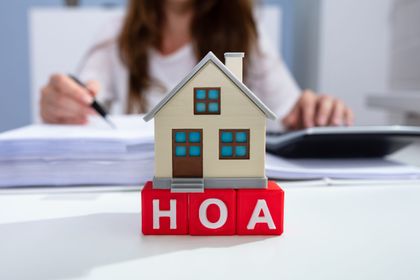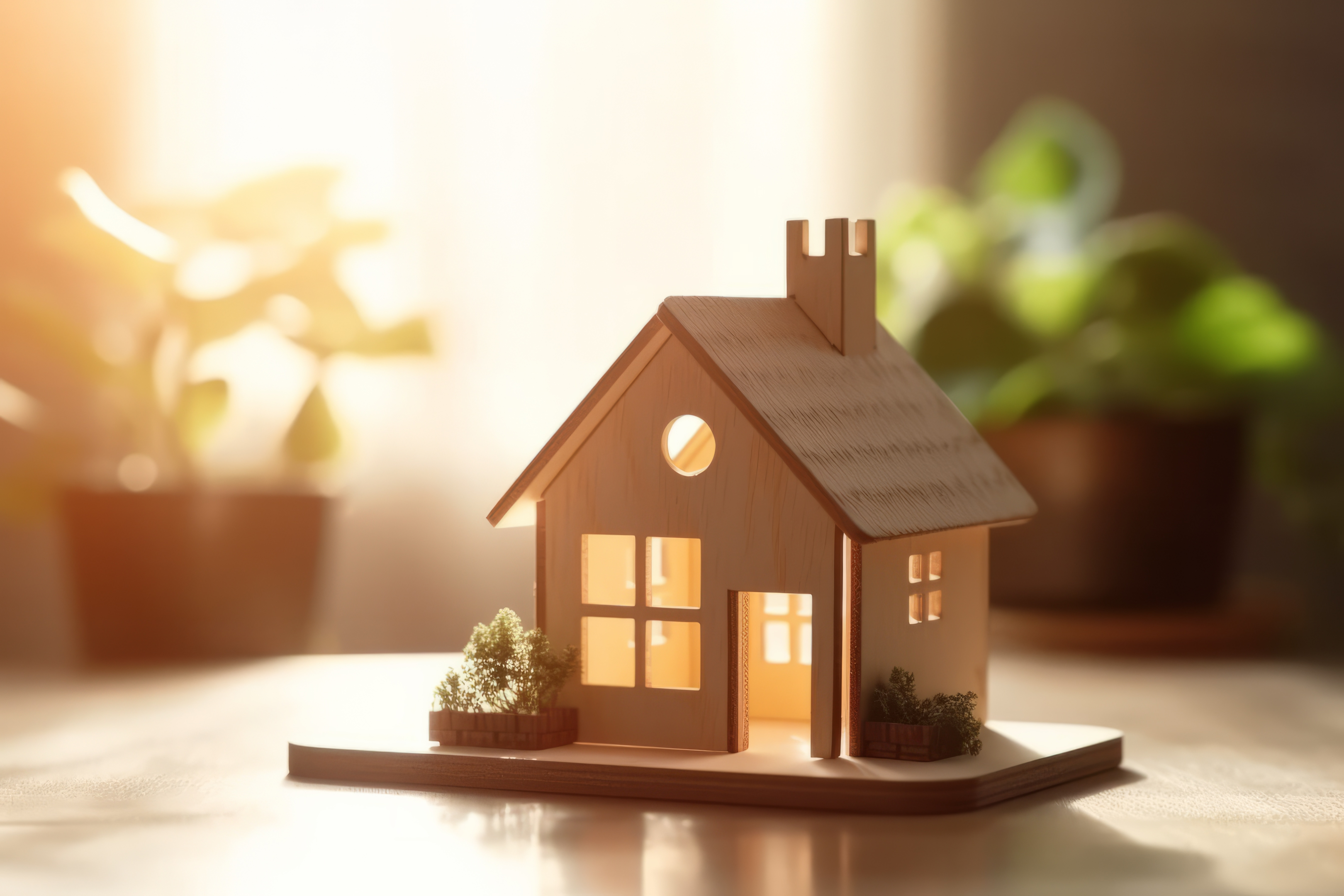
Have you ever wondered what repairs are HOAs responsible for when it comes to maintaining and repairing shared spaces in a condominium community? As a homeowner, it’s crucial to understand the role of the Homeowners Association (HOA) in managing these shared spaces and amenities. This knowledge will help you avoid confusion and dissatisfaction when issues arise and ensure a well-maintained, harmonious living environment. In this article, we’ll delve into the responsibilities of HOAs, the role of governing documents, and the importance of communication and mediation in resolving disputes between unit owners and the HOA.
Key Takeaways
- The HOA is responsible for the upkeep and repair of common areas, while unit owners are responsible for interior repairs and maintenance.
- Governing documents provide comprehensive regulations to ensure uniform enforcement of rules within a community.
- Communication and mediation are key to resolving conflicts between unit owners and HOAs while preserving property values.
Suggested Posts:
How to Join an HOA Board: Qualifications, Roles, and Best Practices
3 Access Control Considerations for HOAs
Understanding HOA Responsibilities
An HOA is an administrative unit responsible for managing a planned community, governed by a board of elected members. This entity plays a vital role in maintaining common areas and amenities within the community, ensuring a pleasant living environment for all residents. By understanding the responsibilities of the HOA, you can avoid confusion and frustration when it comes to maintenance and repair matters.
So, what exactly is the HOA responsible for? Generally, the HOA takes care of maintenance for the common areas in the community, as well as repairs necessary for damage or breakdowns on common property, and covers the costs of these repairs. Unit owners, on the other hand, are responsible for the maintenance of their individual units.
To further understand the division of responsibilities between the HOA and unit owners, it’s important to examine the governing documents and bylaws that dictate the rules and regulations within the community. These documents provide a comprehensive framework for the activities of homeowners and the HOA, outlining their respective maintenance obligations.
If you’re experiencing difficulties with your HOA regarding maintenance responsibilities, it’s recommended to seek legal counsel to help resolve the issue.
Governing Documents and Bylaws
The governing documents and bylaws are a set of Covenants, Conditions, and Restrictions (CC&Rs) that provide comprehensive information and regulations regarding the activities of homeowners in the community. These documents serve to define the responsibilities and maintenance duties of the HOA, ensuring that all parties are aware of their roles in maintaining the property. It’s essential for HOA board members to be familiar with state laws, bylaws, articles of incorporation, and CC&Rs, which include condo maintenance responsibilities. Having a clear understanding of these documents helps to prevent confusion and guarantees uniform enforcement of rules and regulations within the community.
The governing documents and bylaws play a vital role in defining HOA responsibilities and maintenance obligations, including condo maintenance responsibilities. By understanding the importance of these documents, homeowners can prevent disputes and ensure that all residents follow the rules and regulations set forth by the HOA.
HOA Board Roles
Board members are responsible for overseeing and maintaining the community, ensuring that the shared spaces and amenities are well-kept and functional. Board members are elected every few years, and any community member that meets the eligibility requirements can run for a seat on the committee. Community members can cast their votes anonymously via in-person meetings, mail-in ballots, or proxy votes. It’s crucial for board members to have a clear and consistent knowledge of the rules outlined in the governing documents to prevent confusion and guarantee uniform enforcement.
The board treasurer is typically responsible for obtaining estimates from contractors for necessary repairs, as they are responsible for managing the community’s financial records. By understanding the roles and responsibilities of HOA board members, homeowners can ensure that their community is well-maintained and that any disputes are resolved efficiently and fairly.
Common Areas Maintenance
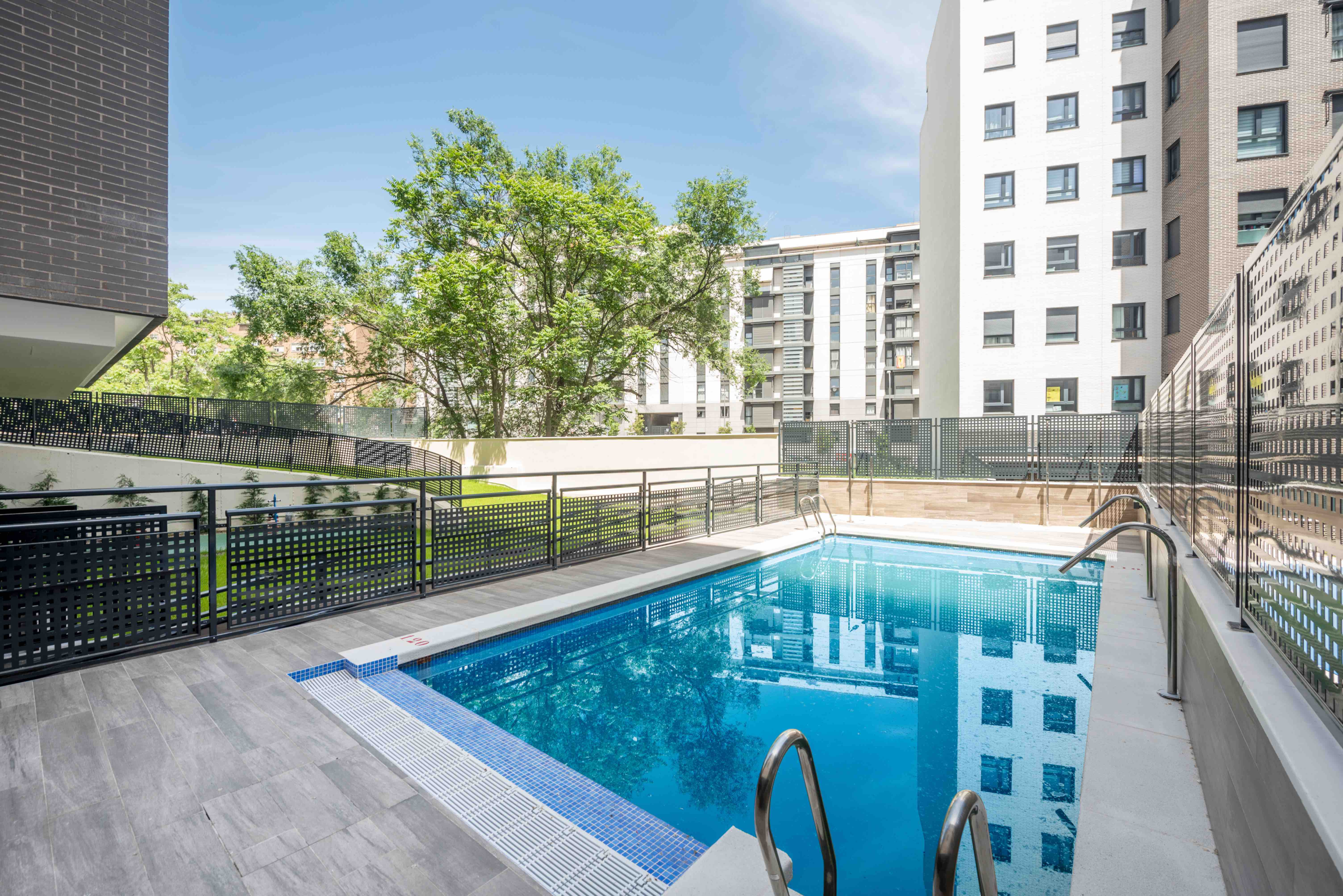
Common areas in an HOA community generally refer to properties and amenities that are available for shared use, such as community pools, parks, and sidewalks. The Homeowners’ Association (HOA) is responsible for the upkeep and repair of these shared spaces, ensuring that all residents can enjoy a clean and pleasant environment. HOAs typically provide building, lawn, and road maintenance services, as well as luxurious amenities such as swimming pools and fitness facilities. Homeowners are obligated to uphold the community through HOA property maintenance, contributing to the overall well-being of the neighborhood.
However, there is an exception to the condo association’s responsibility for rectifying maintenance issues in common areas. If an area is impaired due to carelessness or deliberate destruction by a resident, the association may recoup repair costs through the imposition of a reimbursement assessment against the member. The HOA is also responsible for emergency repairs, such as replacing essential gym equipment that has been damaged from use.
By understanding the responsibilities of the HOA in maintaining common areas, homeowners can ensure that their community remains a safe and enjoyable place to live.
Landscaping and Groundskeeping
Landscaping and groundskeeping are essential aspects of maintaining the appearance and value of a community. The HOA is responsible for maintaining the landscaping around communal areas, ensuring that the community remains visually appealing and in accordance with the HOA CC&Rs. Proper landscaping and groundskeeping contribute to the overall aesthetic and value of the community, attracting potential homeowners and maintaining property values.
To achieve this, regular upkeep of lawn and garden conditions is necessary, ensuring that the outdoor spaces remain well-maintained and visually appealing. Landscaping and groundskeeping not only contribute to the aesthetic value of the community, but also help prevent potential safety hazards, such as overgrown trees or poorly maintained sidewalks.
By understanding the importance of landscaping and groundskeeping in HOA communities, homeowners can contribute to maintaining a beautiful and safe environment for all residents.
Infrastructure and Utilities
Infrastructure and utilities refer to the essential facilities, services, and installations required for a community to operate and develop, such as roads, bridges, water supply, sewage systems, electricity, and gas. These components are vital for a community’s functioning and can significantly improve the quality of life, thus stimulating social and economic growth. The HOA is responsible for the upkeep and repair of infrastructure and utilities in common areas, ensuring that residents have access to essential services and amenities.
By properly maintaining the infrastructure and utilities within a community, the HOA can contribute to a higher quality of life for residents and support the overall growth and development of the neighborhood. This includes ensuring that roads and bridges are well-maintained, water supply and sewage systems are functioning optimally, and electricity and gas services are accessible and reliable.
When the HOA fulfills its responsibilities in maintaining infrastructure and utilities, residents can enjoy a comfortable and well-functioning living environment.
Building Exteriors and Structural Repairs
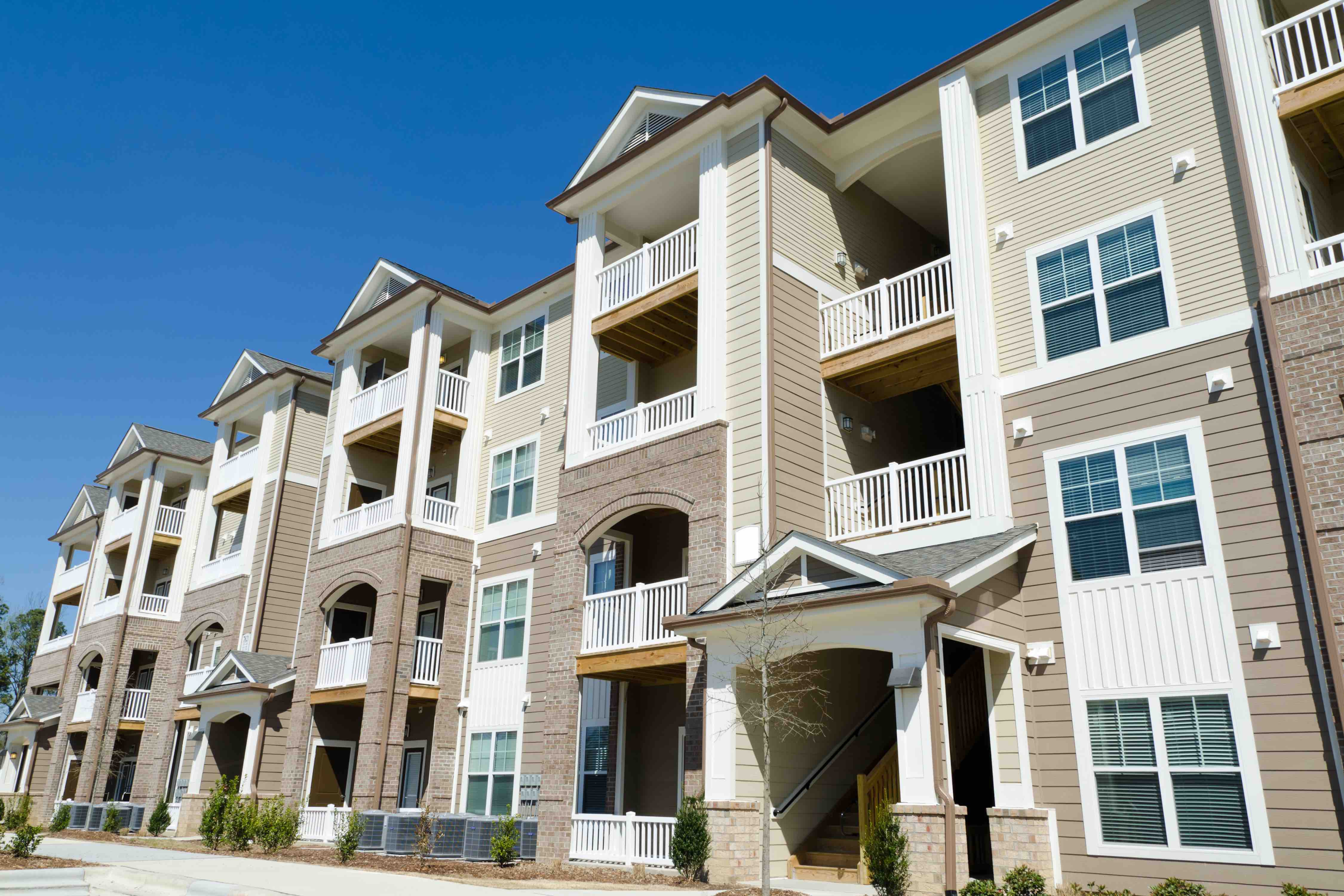
The HOA is responsible for preserving and fixing building exteriors and structural components, including the condo exterior. This involves ensuring that the exterior walls, roofs, and siding of the buildings within the community are well-maintained and repaired as needed. The Homeowners Association is accountable for the upkeep and repair of exterior condo components, helping to protect the building structure and preserve property values.
Additionally, the HOA is responsible for repairing and sustaining all common elements in the community, including structural issues. In the event of water damage to a condo, the HOA may provide coverage for certain scenarios, such as shared roofs. If water damage occurs due to a roof leak, the association may assist with covering repair costs.
By understanding the role of the HOA in maintaining and repairing building exteriors and structural components, homeowners can ensure that their property remains protected and well-maintained.
Roof Maintenance and Repair
Regular roof maintenance and repair, including snow removal, is essential for safeguarding property value and avoiding potential damage. The HOA is responsible for adhering to the governing documents and local laws with regard to roof maintenance and repair, including the condo roof. Maintaining a roof in good condition contributes to the overall appearance of a home and helps prevent water damage, mold growth, and other costly issues.
In addition to regular maintenance, it’s important for the HOA to address any necessary repairs as soon as possible. This may include fixing leaks, replacing damaged shingles, or addressing other structural issues that could compromise the integrity of the roof. By being proactive in maintaining and repairing roofs, the HOA can help protect the community’s properties and ensure that residents enjoy a safe and comfortable living environment.
Exterior Walls and Siding
Another important responsibility of the HOA is maintaining and repairing exterior walls and siding, which play a crucial role in protecting the building structure. Exterior walls and siding provide a barrier against the elements, helping to keep the interior of the building dry and comfortable. To ensure the integrity of the building structure, the Homeowner’s Association is responsible for preserving exterior walls and siding, including association office buildings.
By properly maintaining and repairing exterior walls and siding, the HOA can help prevent water damage, mold growth, and other structural issues that could compromise the building’s integrity. This not only protects the property, but also contributes to the overall appearance and value of the community.
As a homeowner, it’s essential to be aware of the HOA’s responsibilities in this area and to work together with the association to maintain the well-being of the community.
Limited Common Elements
Limited common elements refer to areas that are partially connected to the private unit, such as balconies, exterior doors, siding, fences, air conditioners and heating units, patios and porches, and even plumbing and ducts that traverse multiple condos. The Homeowners Association (HOA) and unit owners who benefit from the limited common areas share the responsibility of maintaining them. The role of the Homeowners Association in the maintenance of limited common elements is dependent on the governing documents.
In some cases, the upkeep of limited common elements in a condominium remains the responsibility of the condo owner. The costs for limited common elements are typically shared between the condo owners. This could be in the case of a shared balcony, for example. Other times, the responsibility is divided between the Condominium Owners Association and the condo owner. An example would be air conditioning or plumbing issues, such as a burst pipe.
To avoid disputes and misunderstandings, it’s crucial for homeowners to be familiar with their responsibilities outlined in the governing documents.
Balcony and Patio Maintenance
Unit owners and the HOA both have a responsibility in regards to maintaining and repairing balconies and patios. Regular cleaning and inspections are necessary for maintaining the safety and appearance of these outdoor spaces. By addressing any existing damage or wear and tear promptly, homeowners can prevent further issues and ensure that their balconies and patios remain safe and enjoyable.
The responsibility for balcony repairs depends on whether the balcony was added by a previous owner or is a standard feature in the community. If it is a standard feature, routine maintenance and repairs are typically covered by HOA fees. By understanding the shared responsibility of unit owners and the HOA in maintaining and repairing balconies and patios, homeowners can ensure that their outdoor spaces remain well-maintained and inviting.
Private Entryway and Garage Maintenance
Both unit owners and the Homeowners Association are obligated to fulfill the responsibility of maintaining and repairing private entryways and garages in HOA communities. This includes ensuring that entryways are clean and well-maintained and that garage doors are functioning properly. Regular maintenance and repairs can help prevent safety hazards and maintain the overall appearance of the community.
By understanding the shared responsibility of maintaining and repairing private entryways and garages, homeowners and the HOA can work together to create a safe and welcoming environment for all residents. This collaboration not only contributes to the overall well-being of the community, but also helps to preserve property values and maintain a harmonious living environment.
Unit Owners’ Responsibilities
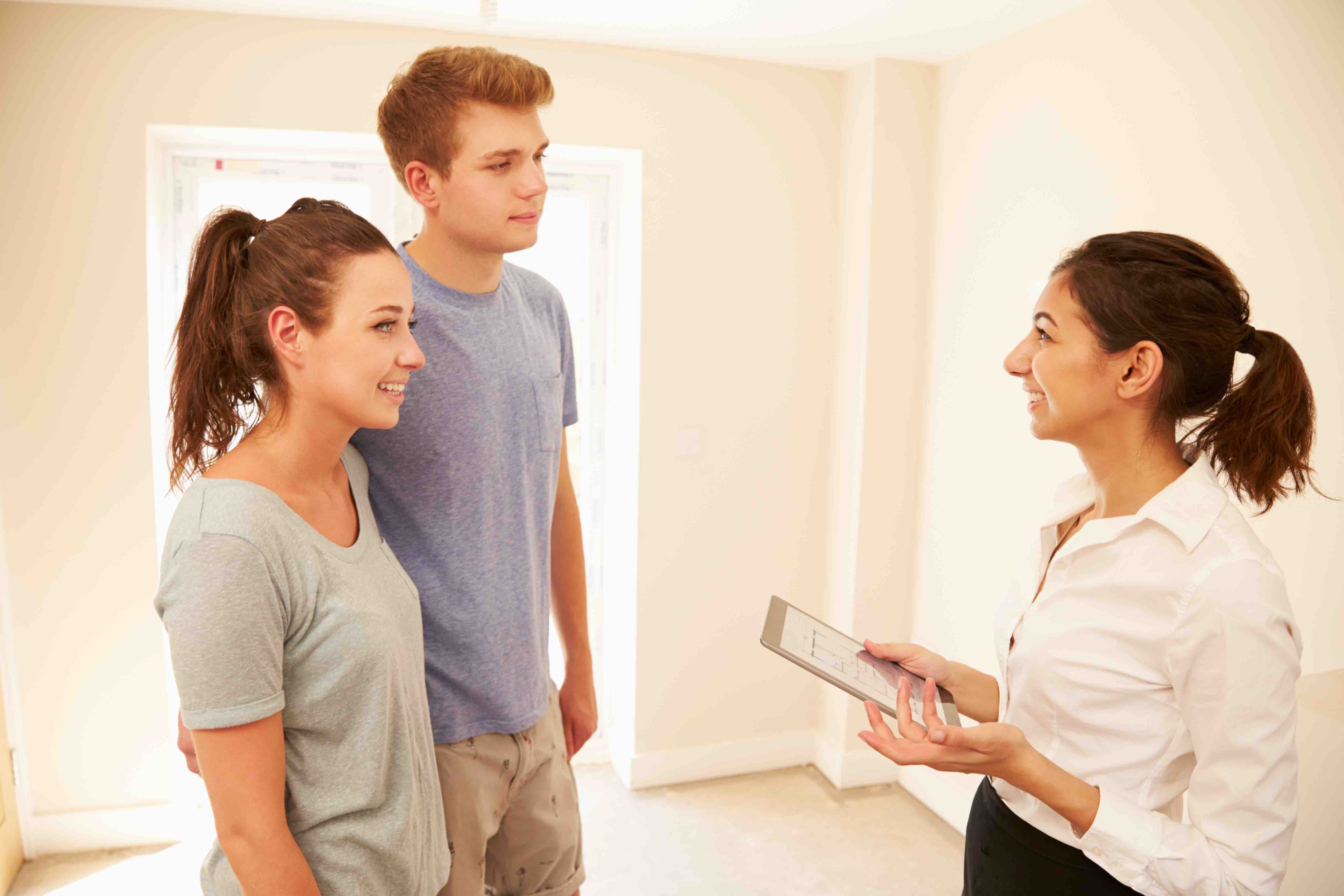
Unit owners have their own set of responsibilities when it comes to maintaining and repairing their individual units. This includes all interior repairs and maintenance needs, such as walls, floors, ceilings, doors, windows, and other fixtures and improvements within the boundaries of the unit, including interior walls. Homeowners are also responsible for interior maintenance and appliance replacement.
By understanding and fulfilling their maintenance responsibilities, unit owners can ensure that their property remains in good condition and retains its value. Additionally, proper maintenance can help prevent potential issues, such as water damage or mold growth, that could impact other units within the community. As a unit owner, staying informed about these responsibilities is crucial for the well-being of the entire community.
By working together with the HOA, unit owners can contribute to a well-maintained and harmonious living environment.
Interior Maintenance and Repairs
Maintaining and repairing the interior of a unit is crucial for preserving property value and preventing damage. This includes tasks such as painting, fixing damaged walls or flooring, repairing leaky faucets, and addressing any other issues that may arise within the unit. Unit owners are accountable for maintaining and repairing the interior of their units, ensuring that their living spaces remain safe, comfortable, and visually appealing.
By staying diligent with interior maintenance and repairs, unit owners can prevent small issues from becoming larger problems that could impact the overall value and integrity of their property. Regular maintenance also contributes to a better living environment for the homeowner and helps maintain a positive atmosphere within the community.
Appliance Maintenance and Replacement
Unit owners are accountable for the upkeep and replacement of appliances within their units. This includes regular maintenance, such as cleaning and inspecting appliances to ensure they are functioning properly, and replacing appliances when they become outdated or no longer function optimally. Appliance replacement may be necessary when the cost of repairs exceeds the cost of replacing the appliance.
By properly maintaining and replacing appliances, unit owners can ensure that their living spaces remain functional and comfortable. Additionally, well-maintained appliances can help conserve energy and reduce utility costs, contributing to a more sustainable and cost-effective living environment.
Navigating Disputes and Conflicts
Disputes and conflicts can arise between unit owners and the HOA, particularly when it comes to maintenance responsibilities and costs. To address these issues, it’s important for both parties to engage in open communication and, if necessary, mediation to resolve disagreements. By working together and referring to governing documents, unit owners and the HOA can find common ground and ensure a fair and reasonable resolution to any conflicts that may arise.
In some cases, legal counsel may be necessary if disputes cannot be resolved through communication and mediation. However, by reviewing the governing documents and understanding the division of responsibilities between the HOA and unit owners, many conflicts can be avoided or resolved before they escalate.
Communication and Mediation
Open communication and mediation are essential in addressing conflicts between unit owners and the HOA. By engaging in constructive dialogue and working together to find a solution, both parties can resolve disputes in a fair and efficient manner. Mediation involves the assistance of a neutral third party who can facilitate communication and help guide both parties towards a mutually agreeable solution.
By prioritizing open communication and mediation, unit owners and the HOA can work together to resolve disputes and maintain a harmonious living environment. This collaborative approach not only helps preserve property values, but also contributes to the overall well-being of the community.
Reviewing Governing Documents
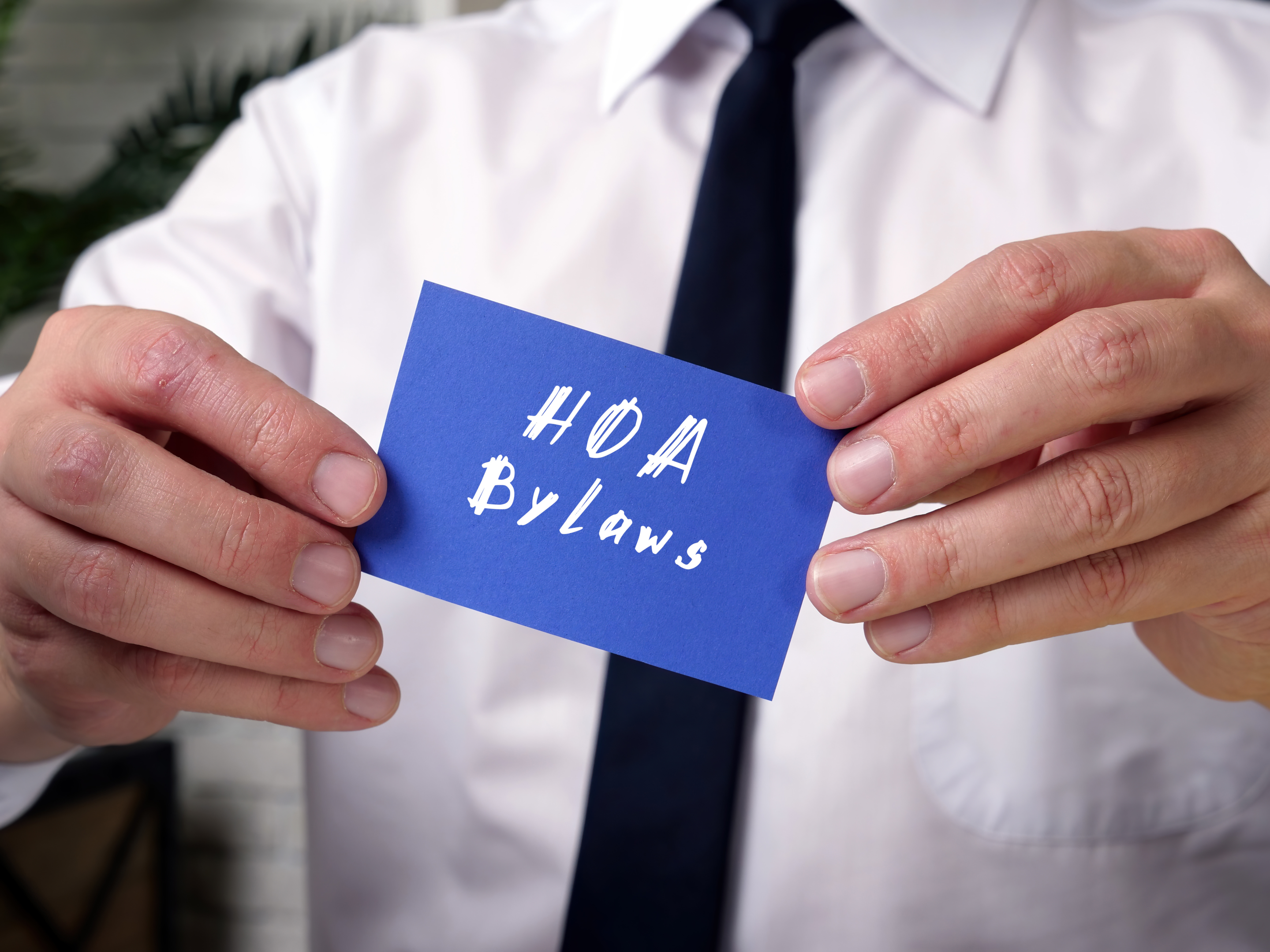
Governing documents play a crucial role in determining responsibilities and resolving conflicts between unit owners and the HOA. These documents, such as the CC&Rs, outline the rules and regulations governing the community and provide a clear framework for the division of maintenance responsibilities between the HOA and unit owners. By reviewing these documents, homeowners can prevent unexpected expenses or disputes and ensure that their responsibilities are clearly understood.
In cases where disputes arise, referring to the governing documents can help both parties find a resolution that aligns with established rules and regulations. By understanding and adhering to the governing documents, unit owners and the HOA can work together to maintain a well-functioning and harmonious community.
Summary
Understanding the responsibilities of the Homeowners Association (HOA) and unit owners in maintaining and repairing shared spaces and individual units is essential for a harmonious living environment. By referring to governing documents, engaging in open communication, and prioritizing mediation, disputes and conflicts can be resolved efficiently and fairly. Through collaboration and mutual understanding, homeowners and the HOA can work together to maintain a well-functioning, visually appealing, and safe community for all residents.
As a homeowner, it’s crucial to be familiar with the maintenance responsibilities outlined in the governing documents and to work together with the HOA to uphold the community’s well-being. By doing so, you can contribute to a beautiful, safe, and enjoyable living environment for yourself and your neighbors.
Frequently Asked Questions
Which of the following is a responsibility of a condo unit owners association?
The responsibility of a condo unit owners association is to maintain and replace all general common elements, such as sidewalks, elevators, roofs, lobbies and hallways, as well as community amenities like pools.
These elements are essential to the upkeep of the building and the safety of its residents. The association is responsible for ensuring that these elements are kept in good condition and are regularly maintained and replaced when necessary. They also need to ensure that the community amenities are kept up to date and are in good condition.
What is an example of a limited common element?
A limited common element is a shared facility or amenity that only certain owners within the condo have access to and use, such as balconies, patios, and parking lots. These elements are maintained by the HOA but are used by individual occupants.
The HOA is responsible for the upkeep and maintenance of these limited common elements, ensuring that they are kept in good condition and safe for use. They also have the authority to set rules and regulations regarding the use of these elements, such as who can access them.
Who is responsible for water damage in a condo Massachusetts?
Condo unit owners in Massachusetts are responsible for maintaining their condo unit interior and systems that exclusively service their unit, such as water pipes and plumbing drains.
These systems are the responsibility of the unit owner, not the condo association. The unit owner is responsible for any repairs or replacements that may be necessary. They are also responsible for any damage caused by their negligence or misuse of the systems.
What are the main responsibilities of the Homeowners Association (HOA) in a planned community?
The Homeowners Association is responsible for managing the community, maintaining common areas such as landscaping, infrastructure, building exteriors, and providing shared amenities.
How can disputes between unit owners and the HOA be resolved?
Open communication, mediation, and referring to governing documents are essential for resolving disputes between unit owners and the HOA in a fair and efficient way.
These methods can help to ensure that all parties involved are heard and that the outcome is in the best interest of the community.
It is important to remember that the HOA is responsible for upholding the rules and regulations of the HOA.
Upgrade Your Building Security
Get in touch with a Swiftlane specialist for more information on the best access control and video intercom solution for your building.


